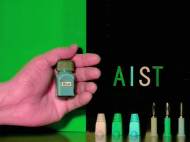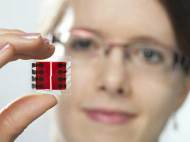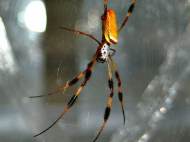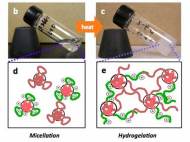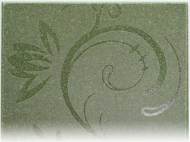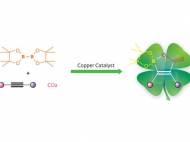Tech»
A milestone toward low-power tunnel transistor electronics
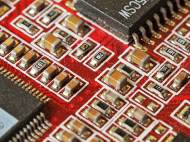 While many research groups are devising better batteries to enable longer operation of batteries, researchers at Rochester Institute of Technology (RIT), international semiconductor consortium SEMATECH and Texas State University devised a method which allows further research of transistors with lower power consumption. The approach could lead to new integrated circuits with 10 fold lower power… »
While many research groups are devising better batteries to enable longer operation of batteries, researchers at Rochester Institute of Technology (RIT), international semiconductor consortium SEMATECH and Texas State University devised a method which allows further research of transistors with lower power consumption. The approach could lead to new integrated circuits with 10 fold lower power… »

